Newsflash: Iceland is expensive. In fact, Iceland ranks in the top #5 most expensive countries in the world. You could easily find yourself at the end of your trip wondering how you managed to empty your savings account in a matter of days. You might have even heard about some of the horror stories yourself. But don’t despair, we got you covered with these 10 tips on how to save money during your Iceland trip.
1. Travel During Low-Season
With businesses offering discounts from 20-50% during off-season, it seems silly not taking advantage of that. There are also some other good benefits of traveling during the low-season:
- You can see the northern lights
- Fewer tourists
- Experience beautiful winter scenery
You can experience the best of both worlds by traveling during April and October, which tend to be the mildest low-season months and when you’ll find more services open around the country.
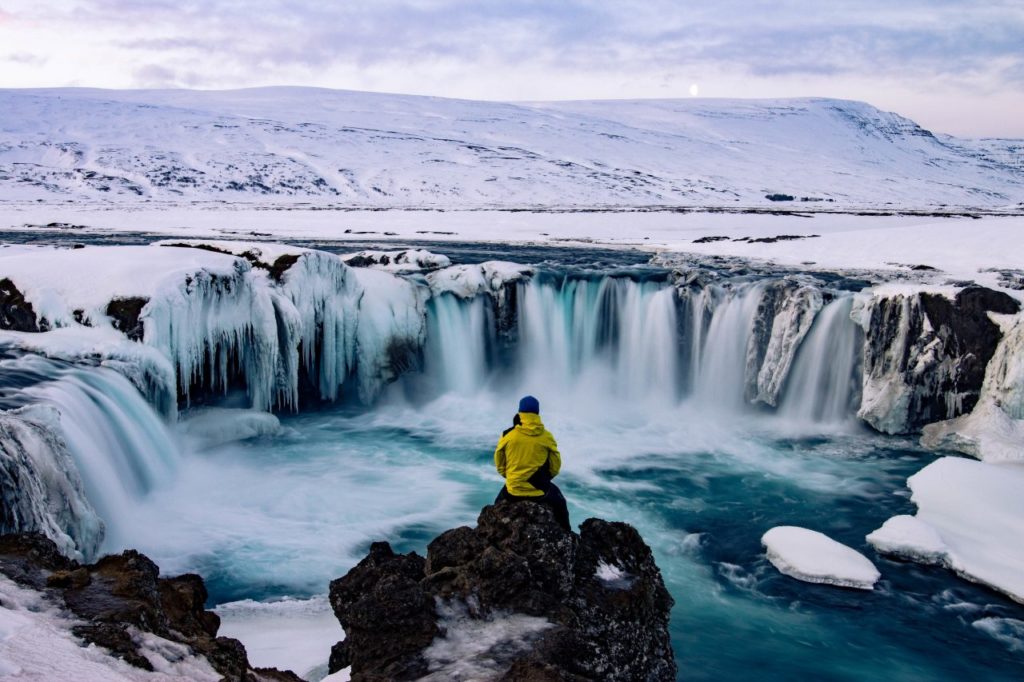
2. Rent a Campervan
Shocker, we know. But just because we’re biased doesn’t mean it’s not true. By combining transportation and lodging into a single expense, you could potentially save lots of money in Iceland. If you get the cheapest and most basic campervan like ours, you’re sure to maximize your savings.
Campervaning strikes the perfect balance between convenience, comfort, and budget. However, if you’re willing to sacrifice some of the convenience, freedom, and comfort of a campervan for even bigger savings, you can also consider camping in a tent or signing up for hostel or Couchsurfing communities.
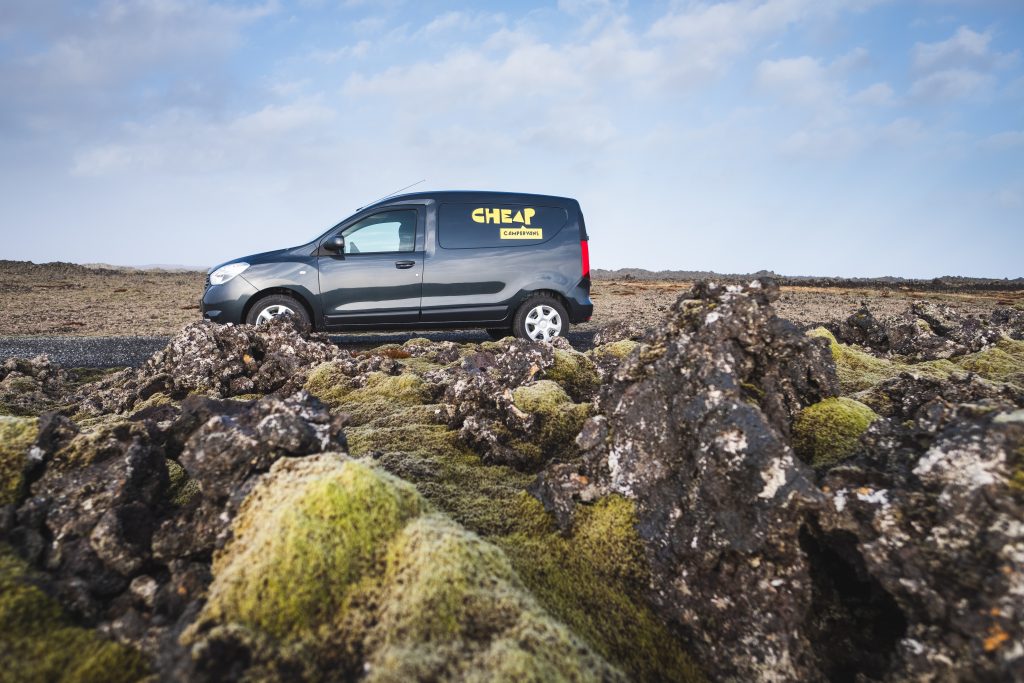
3. Eat & Drink Wisely
Icelandic food is delicious and we boast some of the finest restaurants in Europe. If you’re trying to save money in Iceland, however, you should forget about those restaurants.
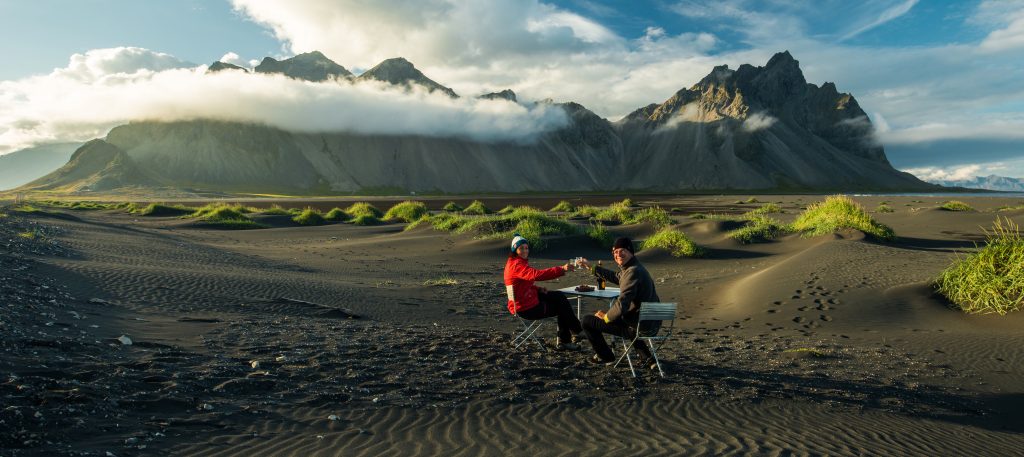
Shop for some quality ingredients at the cheapest grocery stores, such as Bónus and Krónan, and prepare simple meals for the most part of your trip. Choosing the right grocery store is crucial, as the price difference can be ridiculous. Never, for example, shop at the 10-11 as they are the most expensive grocery store in the country.
Try to avoid gas station food, which has a poor quality/cost ratio. Sure, it’s cheaper than restaurants, but it’s pretty much the lowest quality of food you’ll find in Iceland and you’re usually always better off getting food from grocery stores. When you do decide to eat out, research some of the best value places to eat ahead of time, take advantage of the common lunch specials (“hádegistilboð”), and remember that tipping is not required.
Same applies to bars and alcohol when it comes to doing Iceland on a budget. Alcohol is ridiculously expensive and you can expect to pay $10+ for a beer. Buy most of your alcohol at the duty-free store at the airport and if you need more, buy it directly at Vinbudin, the state-run alcohol store. If you really want to experience the bar scene, take advantage of happy hour.
Finally, and this is a big one, don’t buy bottled water. Iceland has some of the purest tap water in the world so there’s no need to spend money (and waste plastic) on bottled water. The only caveat is that you should not drink the hot water as it is geothermal water that contains a significant amount of hydrogen sulfide (the stuff that makes the water smell like rotten eggs). If you want to drink hot water, simply heat up the cold water.
4. Don’t Fall into Tourist Traps
Doing Iceland on a budget requires you to not think like
If you want a souvenir, buy something practical, like a wool sweater, made from 100% Icelandic wool by locals. In this example, make sure to ask the seller where the sweater is made and where the wool comes from. Let’s support the Icelandic artists out there who still care about creating quality, authentic Icelandic products.
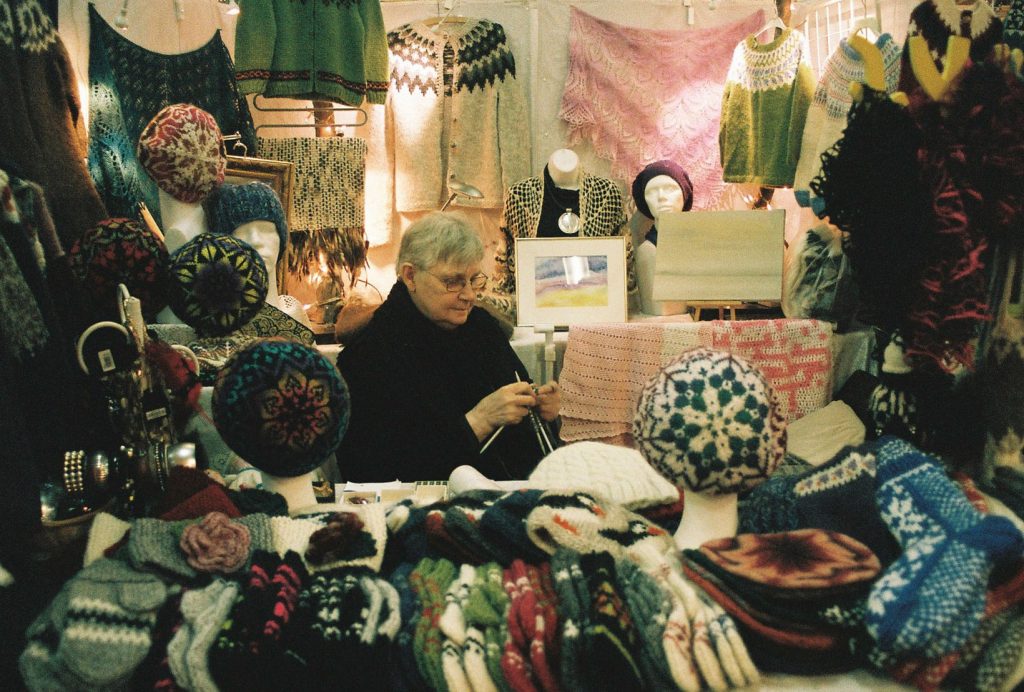
Tourist traps are just as common when it comes to services as they are with products. Before you buy services in Iceland, it might be useful to ask yourself “is this something a local would buy?”. If not, you might want to reconsider the purchase. Booking expensive northern lights tours, for example, might not be the most frugal decision as the northern lights are free and can be viewed from anywhere outside the city.
5. Take Advantage of Free Attractions and Activities
Iceland offers a lot of free activities and pretty much all of our tourist attractions are free. If you take advantage of these, you can be sure to save money in Iceland. Put a little bit of effort into identifying these activities and attractions and fill your schedule without paying the price. Here are just some of the countless activities and attractions you can enjoy for free:
- Harpa Music Hall
- Free Walking Tour in Reykjavik
- Free Geothermal Hot Springs (as mentioned earlier)
- Nauhólsvík beach
- Visit Perlan
- Visit Waterfalls
- Hun the Northern Lights
- Explore Hiking Trails and Mountains
- Window Shop at Laugavegur
- Visit Hallgrimskirkja Church
- Pose in Front of the Sun Voyager
- Hang Out with Icelandic Horses
- And so much more…

6. Use Public Transportation and Skip the Taxi’s
If you don’t have a rental car on hand and need to get somewhere in Reykjavik, the first solution for many is calling a Taxi or an Uber/Lyft. Unfortunately neither Uber or Lyft operate in Iceland and Taxi’s can be extremely uneconomical. A short 10 minute drive with a taxi will roughly cost you around 3,000-4,000 ISK (25-35 USD) so it’s definitely not easy on the wallet.
Instead you can rely on the public transportation system, the yellow buses called “Strætó”. The bus fair is 470 ISK (3,9 USD) per ride inside the capital area and they have a pretty good website where you can plan your transport.
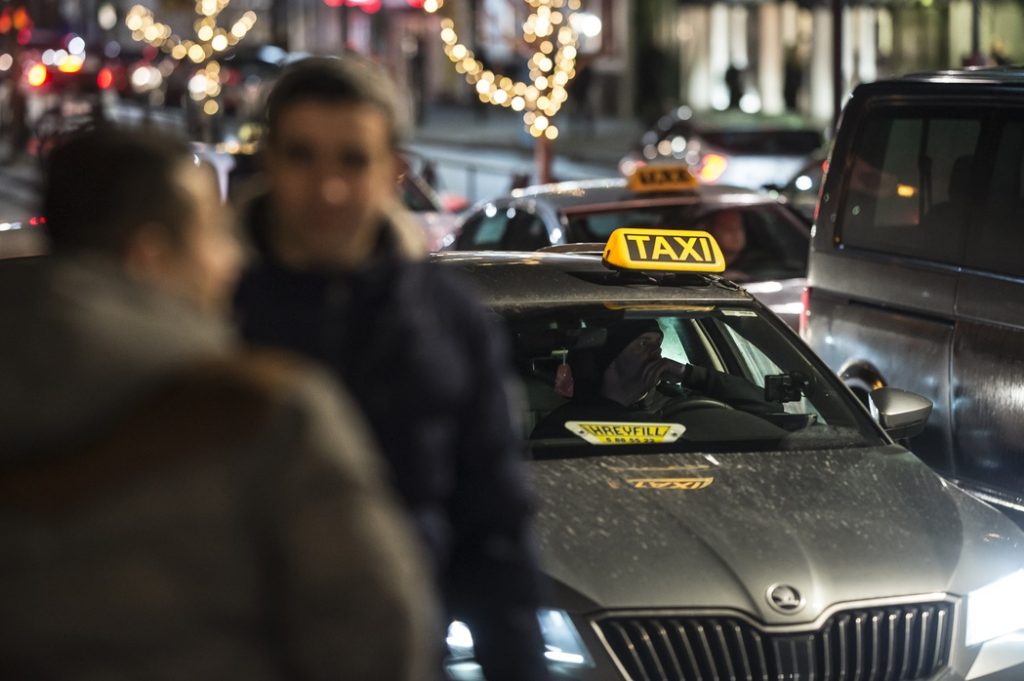
If you are looking to get from the Airport in Keflavik into Reykjavik city center or vice versa you can check on the private airport bus companies as well. Public bus number 55 goes to the airport and the ride costs 1,880 ISK (15 USD) so that’s the cheapest option. The private bus companies are Airport Express , RE Flybus and Airport Direct and they typically cost around 2,500 ISK per trip (20 USD) but they go directly without any stops and are very easy to plan. Although it’s not free it’s a lot cheaper than the Taxi ride which would set you back around 14,000 ISK (115 USD).
7. Do Your Research on Car Rentals (and everything else)
If you are planning on renting a car or a campervan you should definitely spend a bit of time researching the many different companies in Iceland. For some the price might be the most important factor while for others reputation and quality might be the deciding factor. Whatever it is for you, you will always benefit from doing proper research.
To save money in Iceland, you need to extend this principle to everything you do. A little research goes a long way and make sure to prioritize the biggest expenses.
8. Book Your Accommodation Well in Advance
Doing your research is one thing but it’s equally important to book everything well in advance. You are not going to save money in Iceland by looking for “last-minute deals”. This is especially important if you’re planning on ignoring tip #2 and booking accommodation. Icelandic Guesthouses and hotels are often pretty desperate for some cash flow during the low season, so they will drop their prices drastically to get you to book early. This means if possible, you should always try to plan your trip well in advance.
9. Look for Cheaper Blue Lagoon Alternatives
While the Blue Lagoon can be a pretty awesome experience and for some a must see in Iceland, it is very expensive and frankly gotten a bit touristy.
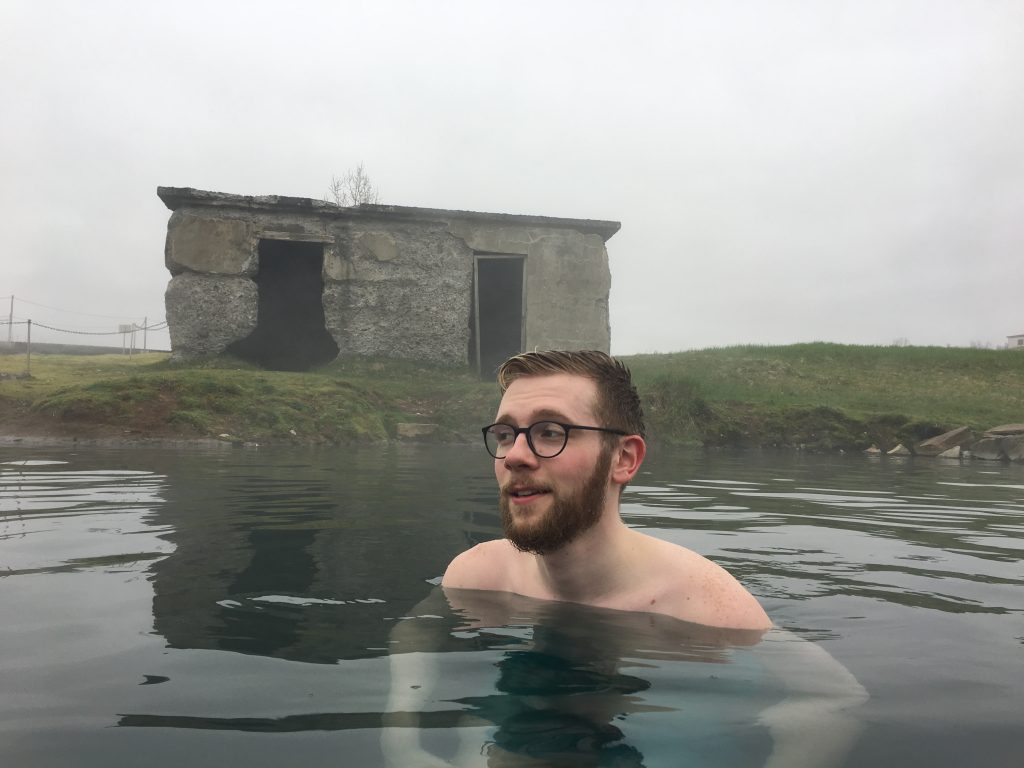
Beyond the Blue Lagoon spa alternatives, take advantage of cheap(er) pools and free natural geothermal pools. There are plenty of pools around Iceland that won’t cost you more than $10 or might even be free, like the Reykjadalur geothermal river. Hotpot Iceland is definitely the best resource out there for finding pools in Iceland.
10. Use Your Fuel Discount Cards or Use the Self Service Stations
It might not come as a surprise to you by now that fuel is quite expensive in Iceland. When renting a car/camper you are obviously required to pay for the fuel you use. The main gas stations in Iceland are Olís, N1 and Skeljungur. All of them have full service so you will find restrooms, fast food and overpriced groceries. They can be found all over the country, making them a great pit stop to use the restrooms or grab some coffee. You should always check the key chain of you rental since it’s very common to find discount chips at these main gas stations, giving you about 3 ISK discount per liter. If you didn’t receive a discount chip with your vehicle, then you should look for the cheaper self service gas stations. They are:
- Orkan
- ÓB
- Dælan
- Atlantsolía
The first two being the most commonly found in the country side. They are typically 3-5 ISK cheaper per liter than their
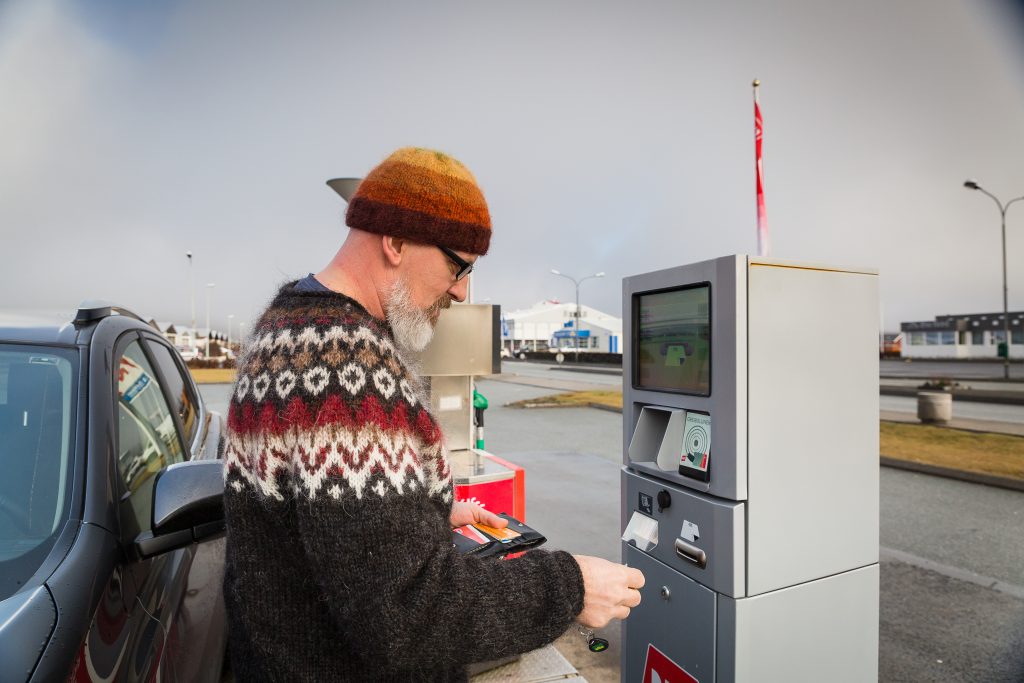
Ready to Save Money in Iceland?
If not, please ask us questions or give us feedback below. Also, please help us help other travelers save money in Iceland by sharing this post with others. If you’re ready to book a campervan, you’re already in the right place.
Back